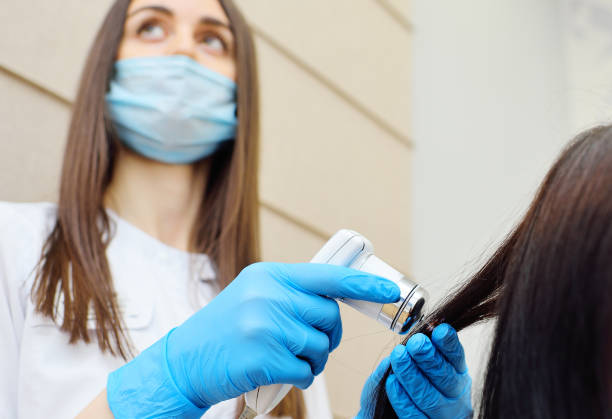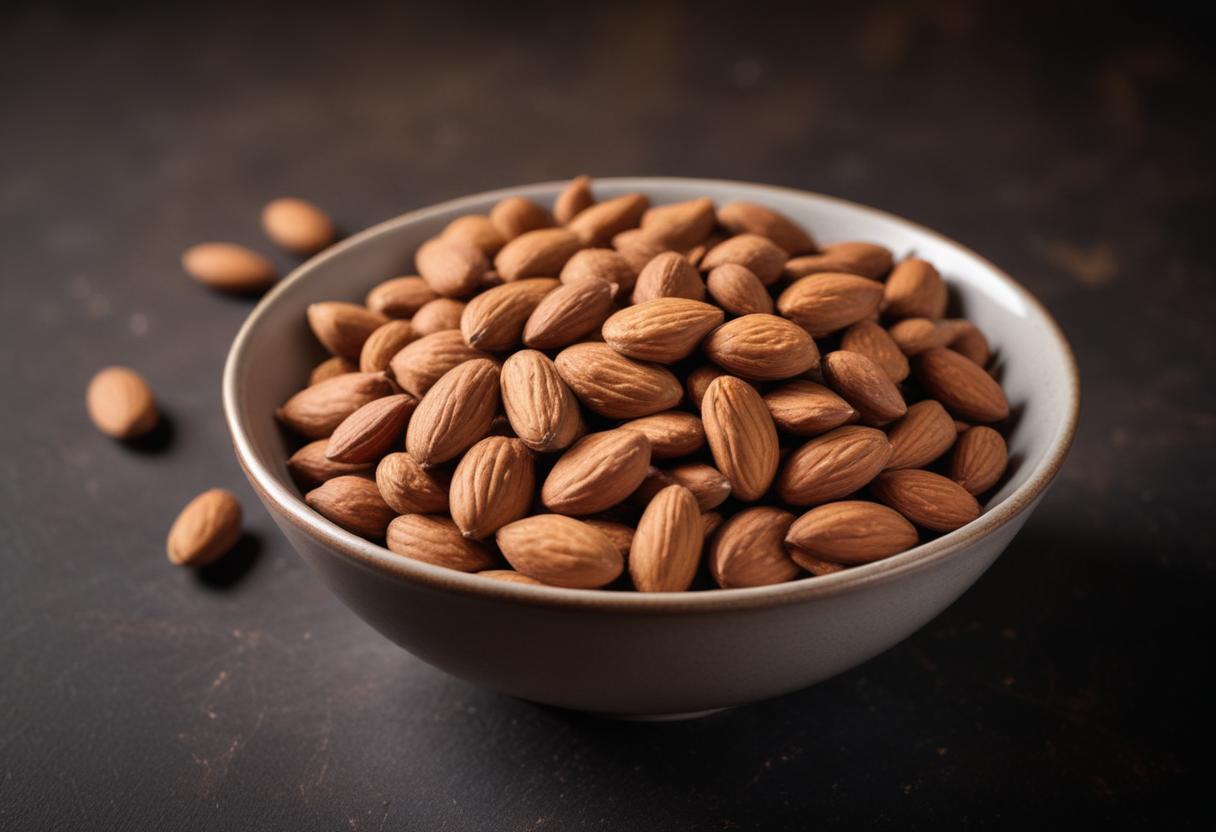How to Choose the Best Trichoscopy Procedure

When it comes to diagnosing hair and scalp disorders, trichoscopy is a game-changer. This non-invasive diagnostic tool can provide valuable insights about your hair health, but it’s not one-size-fits-all. In this blog post, we’ll explore how to choose the best trichoscopy procedure for your specific needs.
Understanding Trichoscopy
Trichoscopy, an innovative diagnostic approach, uses specialized microscopic or dermoscopic tools to thoroughly investigate the hair and scalp at a close range. It gives doctors a detailed look at the distinctive patterns and shapes of hair follicles, the hair shaft, and the scalp’s surface. This approach is widely employed for diagnosing conditions like alopecia and various scalp diseases, as well as a multitude of other hair disorders. Trichoscopy’s objective is to expose signs of disease that might be invisible to the naked eye. As such, it is a powerful diagnostic resource in dermatology, offering insights and aiding in the identification of potential issues before they become major problems. By providing a clear, detailed view of the hair and scalp, trichoscopy can help ensure the best possible care for your hair health.
Different Types of Trichoscopy Procedures
The world of trichoscopy primarily revolves around two main procedures – handheld dermoscopy and videodermoscopy. Handheld dermoscopy involves a compact device equipped with a magnification lens and a light source for illuminating the scalp’s surface. This process is favored for its portability and simplicity, making it ideal for quick assessments. However, it offers only a restricted level of detail, limiting its effectiveness in some cases. Conversely, videodermoscopy provides a more comprehensive analysis by digitally capturing and magnifying images of the scalp. This detailed approach allows for a more thorough examination, making it preferred in scenarios where a deeper investigation is necessary. Both procedures have their strengths and are chosen based on the complexity and specific requirements of the examination.
The Benefits of Trichoscopy
Trichoscopy is highly regarded for its numerous advantages in diagnosing scalp and hair conditions. Most notably, this procedure is entirely non-invasive. Therefore, patients do not have to worry about the discomfort of incisions or the use of needles, which is typically associated with many medical procedures. Additionally, trichoscopy is a swift process, usually only requiring about a quarter of an hour to carry out. It’s an efficient procedure that offers immediate insights without wasting your precious time. Moreover, due to the advanced technology used in trichoscopy, patients can expect a precise and detailed analysis of their hair and scalp health. This diagnostic tool enables healthcare professionals to identify any potential issues at an early stage, potentially averting major problems down the line. In sum, trichoscopy offers a seamless and comprehensive solution for those looking to maintain optimal hair health.
Factors to Consider When Choosing a Trichoscopy Procedure
Determining the right trichoscopy procedure requires thoughtful consideration. Your individual needs and circumstances should guide your choice. For instance, if your priority is a quick and convenient assessment, you might find handheld dermoscopy to be more fitting. This procedure is easy to perform and ideal for basic evaluations. On the other hand, if your situation calls for an in-depth analysis, videodermoscopy could be the better option. This technique offers an enhanced view of the scalp, facilitating a thorough examination. In all decisions regarding trichoscopy, your personal needs, comfort, and the complexity of the examination should be taken into account.
Consult with a Dermatologist
As a vital step in determining the most suitable trichoscopy procedure, it’s critical to engage with a dermatologist. With their expertise, they can effectively evaluate your hair and scalp health, taking into consideration your unique situation and specific requirements. They’ll discuss what you hope to achieve and can provide you with a clear recommendation for the best trichoscopy procedure based on your individual circumstances. Additionally, they are well-versed in outlining the potential pros and cons of each procedure, thereby enabling you to arrive at a decision that is both informed and comfortable for you. This ensures you’re not just picking a procedure, but rather, choosing a path that aligns with your needs for optimal hair health.
Conclusion
Navigating the world of trichoscopy can seem daunting, but understanding the different procedures, their unique advantages, and what to consider in your decision can make the process less overwhelming. Always remember that a trusted dermatologist should be your primary guide in these decisions. Their expertise and understanding of your specific circumstances can help you choose the trichoscopy procedure that best meets your individual needs. Do not hesitate to engage in discussions about your concerns or aspirations regarding your hair health. The road to maintaining optimal hair health is a collaborative journey. Trichoscopy, with its powerful diagnostic abilities, can be a significant ally on this path. Embrace the opportunity it offers to take proactive control of your hair and scalp health.





